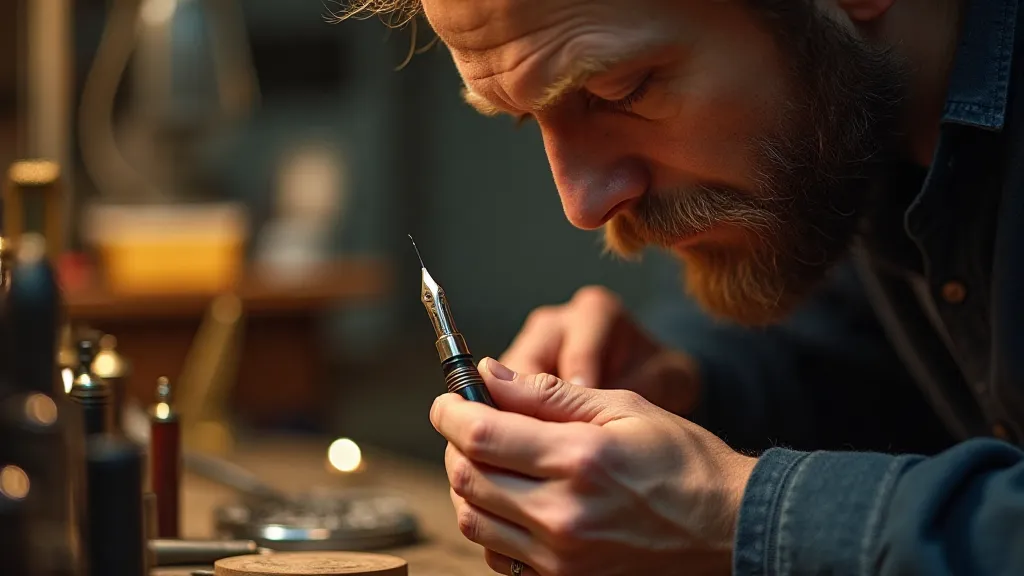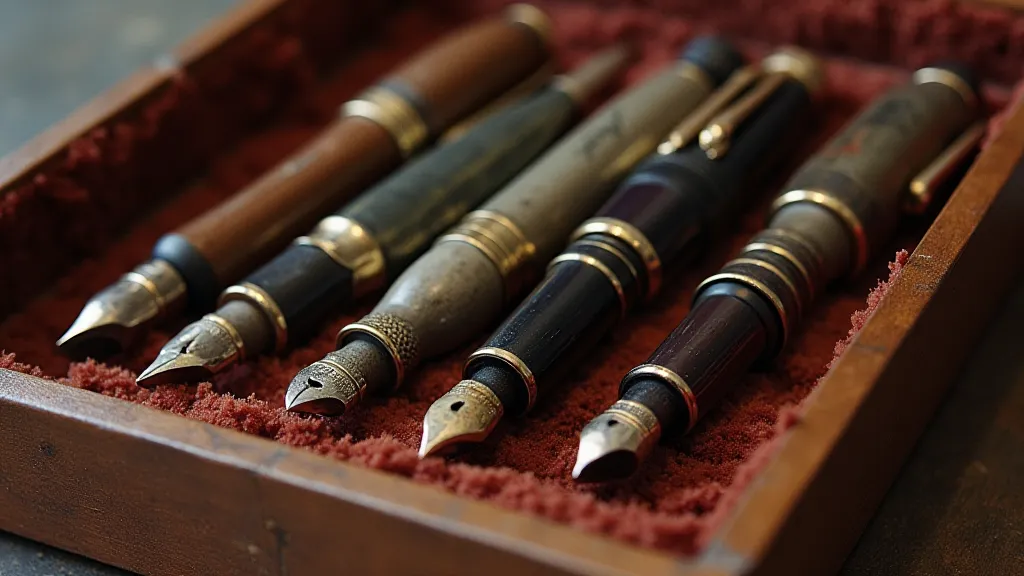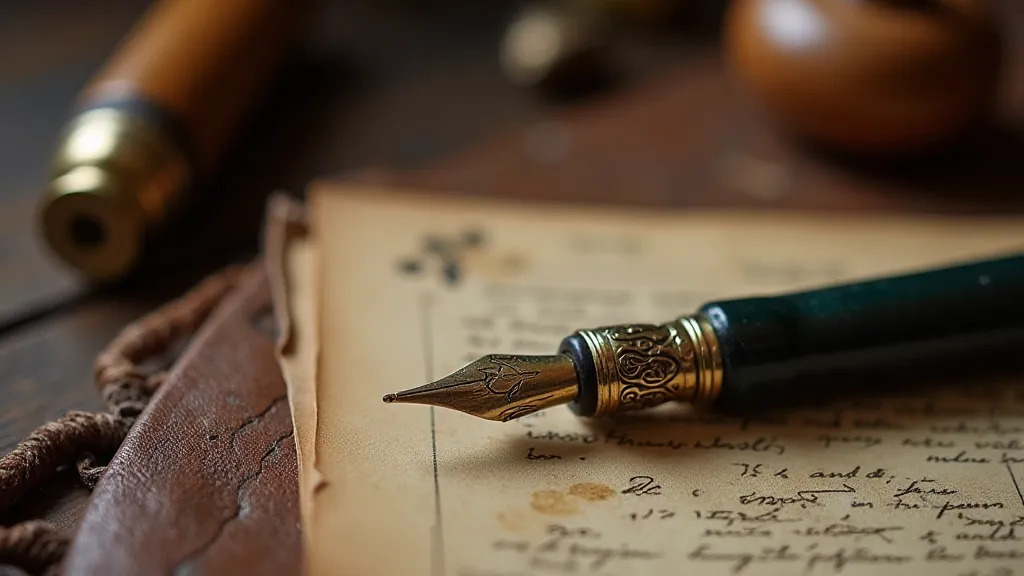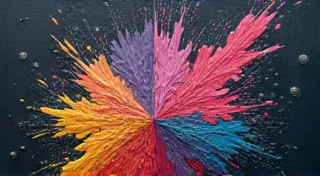Chronicles in Copper: The Alchemy of Pen Repair & the Writer's Soul
There’s a certain melancholy that clings to vintage pens, a whisper of untold stories held within their nibs and barrels. They’re more than just writing instruments; they’re time capsules, tangible links to an era of slower communication, deliberate craftsmanship, and a reverence for the written word. As someone who both collects and repairs these beautiful relics, I've come to realize that the act of pen repair isn't merely a technical exercise; it’s a conversation with history, a meditation on patience, and a profound echo of the writer's soul.
My journey began, unexpectedly, not with pens but with accordions. My grandfather, a quiet man of immense skill, spent years meticulously restoring antique accordions. The process – cleaning, replacing bellows, realigning keys – was painstaking, demanding an almost surgical precision. I’d sit beside him, captivated by the aroma of aged wood and the steady rhythm of his work. He’s often said, “Each instrument has a song trapped inside. My job is to help it sing again.” I didn't fully understand then, but the sentiment resonated. Now, I see the same principle applies to vintage pens.

The Patience of Ink and Time
The modern world demands instant gratification. We expect our devices to work flawlessly, and we're quick to discard anything that doesn't meet our immediate needs. But vintage pens, particularly fountain pens, operate on a different timescale. They’ve weathered decades, perhaps even a century, of use and neglect. Rust has claimed its territory on the nib; the sac, a small rubber component vital for ink delivery, has long since crumbled; the feed, the intricate channel that regulates ink flow, might be clogged with dried ink and debris. Rushing the repair process guarantees failure; it’s a lesson I's learned the hard way.
Consider the act of cleaning a feed. A feed might be coated with decades of hardened ink, a stubborn testament to countless letters and poems written in its care. Forceful soaking can damage the delicate channels; abrasive scrubbing can scratch the surface, diminishing the pen's value and its ability to write smoothly. The correct approach is slow, methodical. Soaking in a mild solution, gentle agitation, and repeated rinses – it can take hours to fully liberate the feed from its inky prison. It’s a process that mirrors the writer's own journey; wrestling with writer's block, refining a sentence, polishing a paragraph until it shines. This careful attention to detail, this understanding of the materials and processes involved, is something that resonates far beyond the realm of pen repair. One might even say that it's essential for unlocking a forgotten passion – a sentiment explored further in an article on The Ink's Epilogue: How a Restored Pen Can Re-Ignite a Lost Passion.
A Tapestry of Craftsmanship
Vintage pens are a remarkable testament to craftsmanship. In an era before mass production, pens were often handcrafted by skilled artisans. The materials used – einkorn, amber, celluloid, sterling silver – were chosen for their beauty and durability. The design, too, was thoughtful, elegant, and often reflected the prevailing aesthetic of the time. A Waterman Ideal No. 1, for instance, exudes a quiet confidence; a Parker Duofold, a bold and striking presence. Examining a vintage pen closely reveals a level of detail that’s rarely seen in modern writing instruments. The precise alignment of the nib and feed, the seamless join between the barrel and cap, the subtle curves and facets of the body – it’s a symphony of form and function.
Restoring a pen often involves more than just cleaning and lubrication. Sometimes, a nib needs to be realigned, a sac replaced, or a lever cap adjusted. These repairs require a delicate touch and a deep understanding of the pen's mechanics. It’s a skillset that’s been passed down through generations of pen collectors and repairers, a tradition of preserving these beautiful objects for posterity. The dedication required to maintain these objects transcends mere repair; it’s a form of preservation that often involves careful and considered storage. For those seeking further insights into this aspect, a discussion of Beyond the Nib: Mastering the Art of Vintage Pen Casing and Storage provides valuable guidance.

The Writer's Soul and the Pen's Memory
There’s a certain poetry in the relationship between a writer and their pen. A favorite pen becomes more than just a tool; it becomes an extension of the writer’s hand, a conduit for their thoughts and feelings. Think of Hemingway and his trusty fountain pen, or Virginia Woolf’s devotion to a specific model. The pen absorbs a trace of the writer’s essence, a subtle imprint of their personality.
Repairing a vintage pen feels, in a way, like unlocking a hidden memory. As I carefully disassemble and clean the pen, I can almost imagine the stories it has witnessed: the love letters written in haste, the important contracts signed with deliberation, the countless notes jotted down in moments of inspiration. The pen holds the echo of those experiences, a silent witness to the passage of time. Beyond the physical restoration, however, lies the deeper significance of memory and emotion – ideas that resonate with the exploration of Chromaturgical Residue: The Alchemy of Ink and Memory.
Collecting and Preservation: A Legacy for Future Generations
The act of collecting vintage pens isn's just about acquiring beautiful objects; it’s about preserving a piece of history. It's about ensuring that these beautiful instruments continue to be appreciated and enjoyed by future generations. It's also a responsibility. A damaged or neglected pen, even if seemingly beyond repair, holds value - both sentimental and material - that shouldn's be carelessly dismissed.
Even basic maintenance – regular cleaning and lubrication – can significantly extend the life of a vintage pen. Learning to identify common issues and perform simple repairs can be immensely rewarding. It’s a way to connect with the past and to contribute to the preservation of a unique cultural heritage. For seasoned collectors, understanding the factors that influence the Collector's Oracle: Predicting Trends in the Vintage Pen Market can be a valuable asset.

The parallels between the meticulous art of pen repair and the disciplined craft of writing are striking. Both demand patience, precision, and a deep respect for the materials involved. Both are acts of creation, of bringing something old and perhaps forgotten back to life. And both, ultimately, are about capturing and conveying the human story, one delicate stroke at a time. The entire process is a complex interplay of tangible items and intangible emotions—a delicate balance between the physical and the philosophical. Understanding the nuances of this intersection requires a nuanced appreciation for the history and significance of writing instruments, a perspective enhanced by considering the broader context of their cultural and historical importance.
The understanding and preservation of these instruments also extends to appreciating the nuances of their individual histories and the stories they hold.
The next time you pick up a vintage pen, consider the journey it's taken, the stories it holds, and the legacy it represents. You might just find that it speaks to your own writer's soul.





